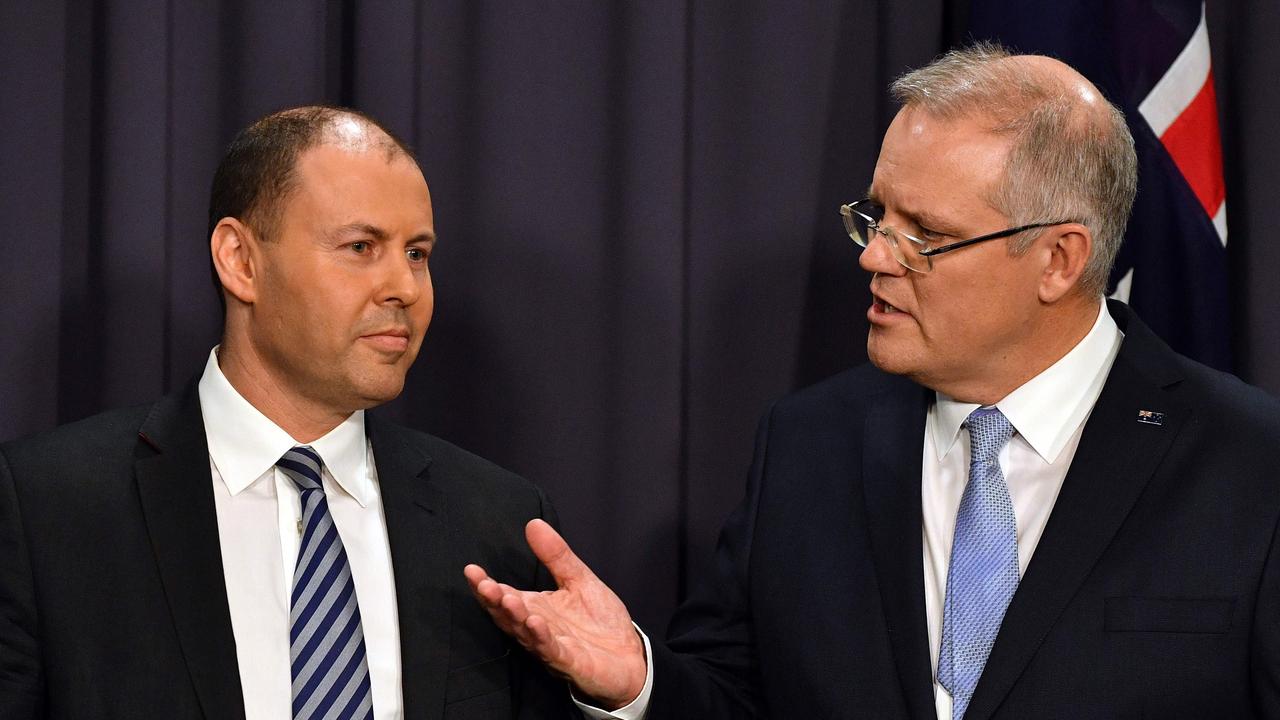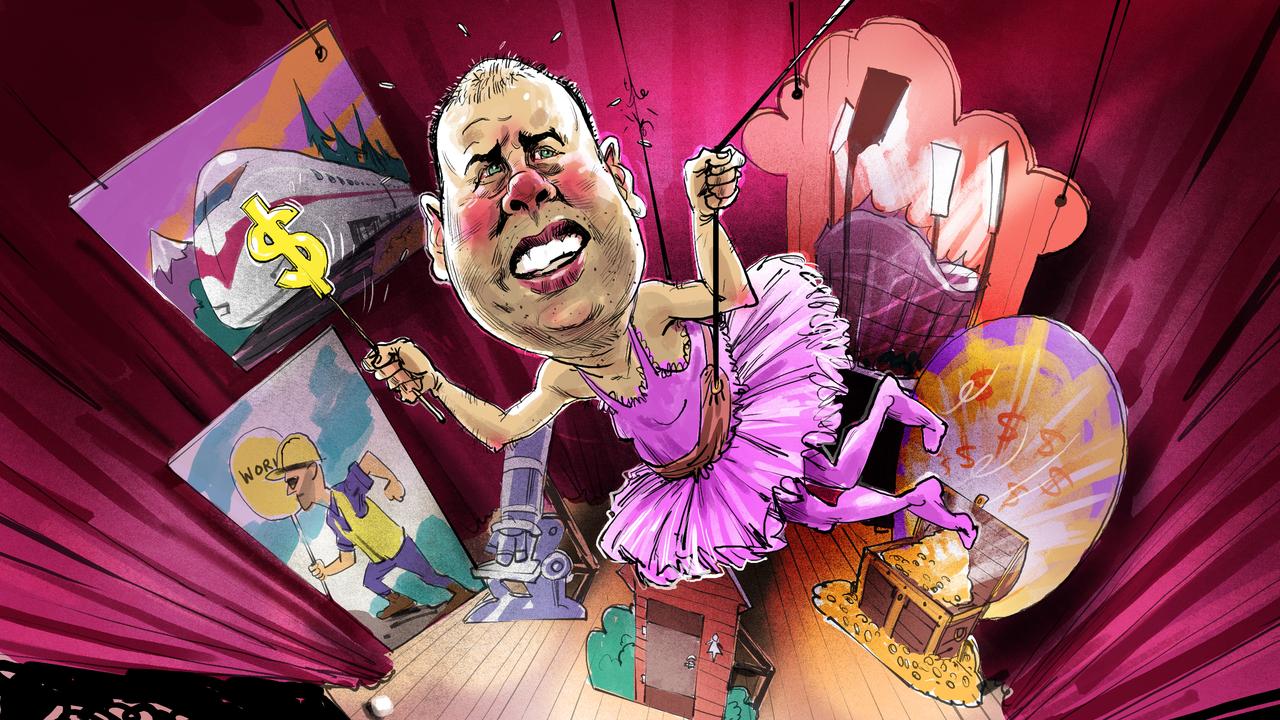At a glance: Federal Budget 2018
Some key measures from Scott Morrison’s budget.

Scott Morrison’s 2018 budget forecasts an early modest return to surplus in 2019 of $2.2bn, followed by $11bn in 2020 and $16.6bn in 2021.
For the first time since the GFC we’re not borrowing to pay for our everyday expenses such as Medicare, the NDIS, schools and hospitals.
At the budget’s heart is a 3-stage personal income tax plan the Treasurer says will reward working Australians and reduce cost pressures on households.
Stage one provides immediate tax relief of up to $530 for low to middle income earners.
Stage two starts in 2022 and is designed to protect against creep: $37k threshold moves up to $41k and the $90k threshold rises to $120k.
In 2024-25 stage three will see the abolition of the 37.5 per cent bracket altogether.
Older Australians are a cornerstone of this budget with pensioners now able to earn an extra $50 a fortnight without reducing their pensions.
Roads and rail: $24.5 billion in new projects and initiatives are slated for every State and Territory, forming part of a $75 billion transport infrastructure investment over the next decade.
Pensioners and self-funded retirees will be the subject of almost half-a-billion dollars in budget sweeteners which allow them to work more and for longer without that income eating into their age pension.
The Pension Loan Scheme’s been expanded to allow the use of home equity to boost retirement income up to $17,787 a year for a full rate pensioner.
Medicine, and particularly genomics, are big winners with the introduction of a $1.3bn Medical Industry Plan. Plus, there’s $1.4bn for PBS listings.
Energy bills are set to reduce by $400 pa with the introduction of the NEG.
Investors will keep their franked dividends.


